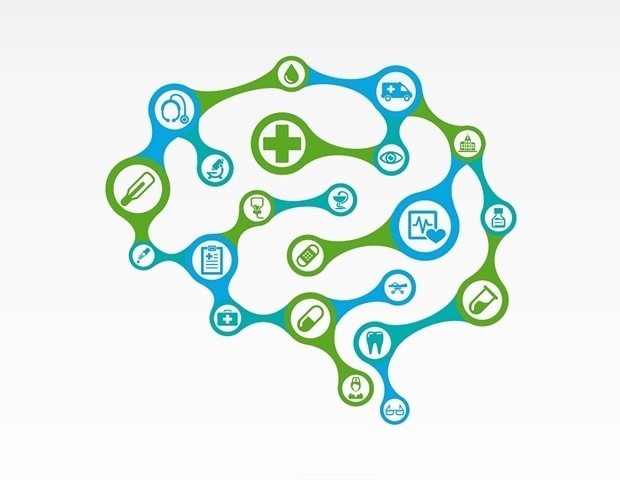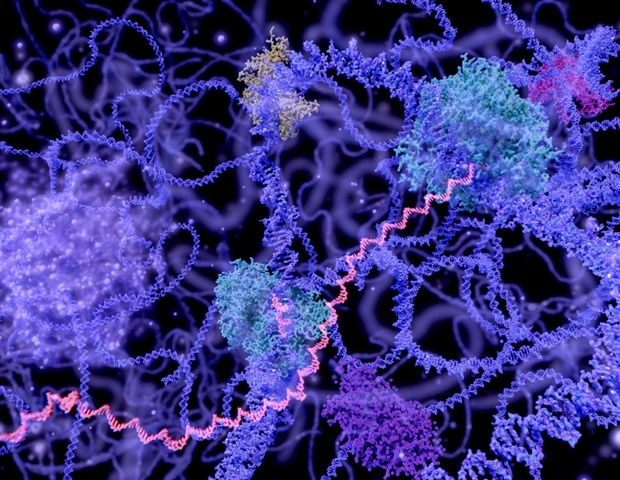
New analysis of pilot studies on night shift naps conducted from 2012 to 2018 revealed the ideal snoozing strategy that might help counteract drowsiness and fatigue during a 16-hour overnight duty. The findings can also benefit new parents.
Reanalysis of data showed that when staying up all night, scheduling two nap sessions -; a 90-minute one followed by a quick 30-minute shut-eye later -; is the optimal choice over a single 120-minute snooze in putting off drowsiness and fatigue. The study was published in the journal Scientific Reports.
A 90-minute nap to maintain long-term performance and a 30-minute nap to maintain lower fatigue levels and fast reactions, as a strategic combination of naps, can be valuable for early morning work efficiency and safety.”
Sanae Oriyama, study sole author, nursing science professor at Hiroshima University’s Graduate School of Biomedical and Health Sciences
Shift work is a norm in emergency sectors such as healthcare where round-the-clock access to services can be life-saving. And working double shifts on nontraditional hours isn’t unheard of among medical professionals. However, night shift work is also known to increase the risk for sleep-related physical and mental health disorders and impair job performance.
During the daytime, our light-sensitive internal clock activates wakefulness. The opposite happens at nighttime when alertness dims as our biorhythm readies to switch off, elevating the likelihood of errors and accidents. In the medical field, this may inadvertently lead to serious harm to patients or to oneself. Naps are usually taken by shift workers to offset disruptions to the body clock.
In Japan, nurses are typically allowed to sleep up to two hours during 16-hour night shifts. Oriyama wanted to find out which napping schedule is the best in fighting off sleepiness and diminished cognitive function during such grueling work hours. And while at it, figure out how sleep quality factors in.
Single versus split naps
Oriyama reexamined past pilot studies she co-authored to compare alertness and cognitive performance after taking a nap and throughout a simulated 4 p.m. to 9 a.m. shift. The one-nap condition experiment was conducted in 2012, the two-nap in 2014, and the no-nap in 2018.
“I want to be able to combine multiple naps, depending on the type of work and time of day, and choose naps that are effective at reducing drowsiness, fatigue, and maintaining performance,” she said.
She found that those who took a single 120-minute nap ending at midnight experienced worse drowsiness as soon as 4 a.m. and lasted until the end of the shift. However, participants who scheduled two naps -; the 90-minute one lasting until midnight and the 30-minute one ending at 3 a.m. -; staved off drowsiness until 6 a.m. Oriyama suggested adding an extra 30 minutes of shut-eye between 5-6 a.m. given that drowsiness might shoot up from 7-8 a.m.
As for fatigue, although all nap groups expressed significantly heightened levels of it from 4-9 a.m., the two-nap group experienced it at an intensity lower than the rest.
“During a night shift that, for example, lasts from 4 p.m. to 9 a.m. the next morning, a split nap of 90 minutes and 30 minutes, ending at 12 a.m. and 3 a.m., respectively, is thought to be more effective than a 120-minute monophasic nap ending at 12 a.m. when tasks requiring quick responses to maintain a high level of safety are scheduled between 2 a.m. and 9 a.m.,” Oriyama said.
Finding the best nap length, timing
Both the single and split naps did not result in improved cognitive task performance. However, Oriyama noted that those who took longer to fall asleep during the 90-minute nap session showed poorer scores in the Uchida-Kraepelin test (UKT), a timed basic math exam meant to measure speed and accuracy in performing a task.
It takes 90 minutes to complete a full sleep cycle. And waking up before it is finished could exacerbate sleep inertia, the grogginess and disorientation felt upon first waking up. Similarly, the study found that if total sleep time is prolonged, fatigue and drowsiness could also increase.
Meanwhile, past research showed that a nap of 30 minutes or less could help boost vigilance, alertness, and energy levels.
The study also found that the timing of your nap plays a crucial role: the later you take it, the more potent it is in fending off sleepiness and exhaustion. However, delaying it too much could interfere with your focus as your sleep drive builds up.
“Hence, the ideal time for taking a nap and the ideal nap schedule during long night shifts need further elucidation,” Oriyama said.
Beneficial for new parents, too
Oriyama said her findings could also be helpful to new parents.
“The results of this study can be applied not only to night shift workers but also to minimize sleep deprivation fatigue in mothers raising infants.”
A total of 41 females in their 20s participated in the studies. Research participants were invited to a windowless and soundproofed laboratory for a 16-hour night shift simulation. The room temperature was kept at a comfortable 26 degrees Celsius and light intensity above work desks was set at 200 lux, the typical illuminance level in offices. All took the UKT each hour. Their hourly temperature, self-reported drowsiness and fatigue levels, heart rate, and blood pressure were also measured. After the tests, participants have free time to do anything they want on their desks like reading, drawing, or drinking water. During the scheduled nap time, they moved to a neighboring bedroom where they were allowed to darken the light according to their preference. Their sleep parameters were measured during this time.
Source:
Journal reference:
Oriyama, S., et al. (2023) Effects of 90- and 30-min naps or a 120-min nap on alertness and performance: reanalysis of an existing pilot study. Scientific Reports. doi.org/10.1038/s41598-023-37061-9.









